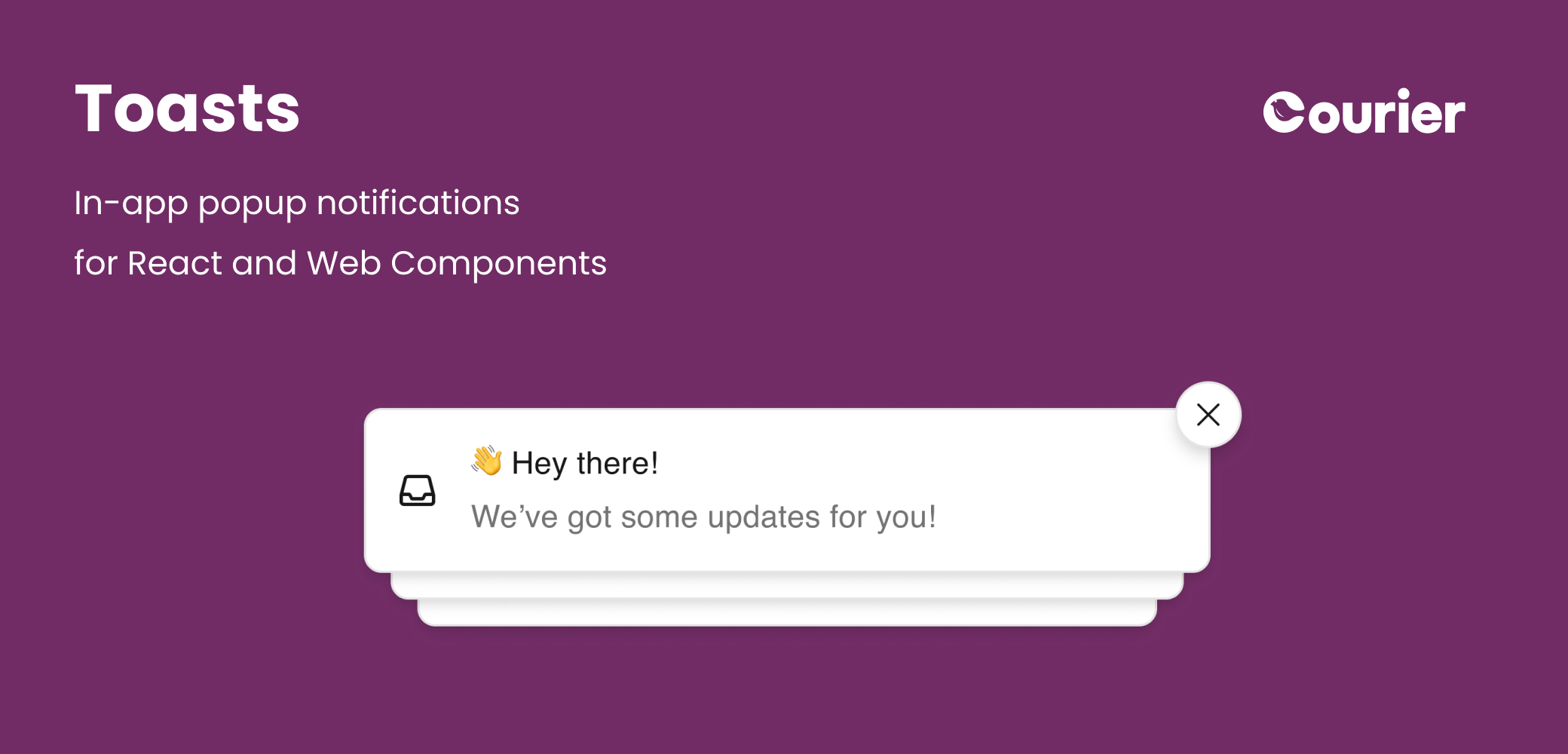
New: v8 of the Courier React SDK and v1 of the new Courier Toast Web Components SDK have recently been released.We recommend new integrations use these SDKs and existing apps migrate. Check out the
Courier React v8 migration guide for more
information and links to documentation for earlier versions of the SDKs.